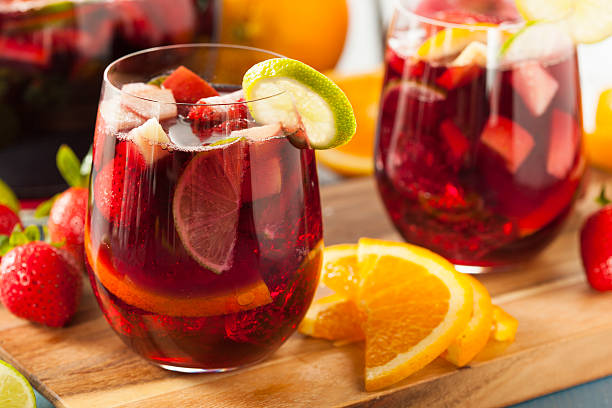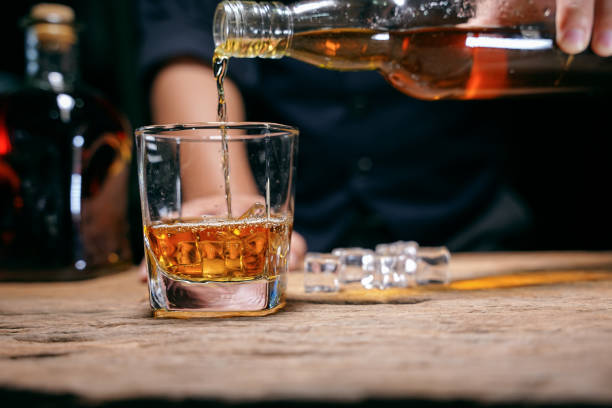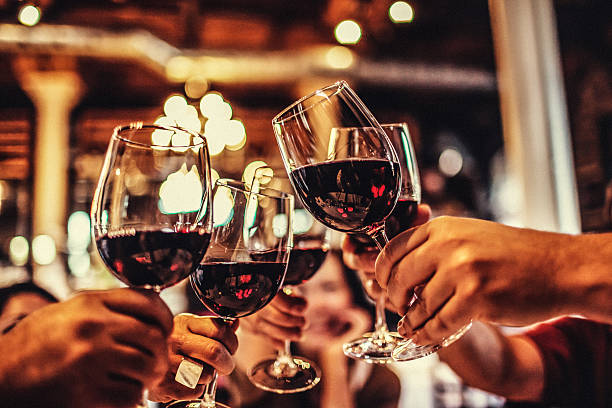How to keep your winemaking on track
Never once have I heard a winemaker state, “I don’t care what my wine looks like, as long I can drink it.” Home winemakers are more concerned with perfection than they are about achieving a passable result.
Winemaking can be a passion that makes people want to create the best wine possible. They want to make a wine that is worthy of praise. Winemakers often go to great lengths to produce a wine that is worthy of recognition.
Some home winemakers pay great attention to every detail in the winemaking process. It is important to think about the selection of wine yeast. They’ll ask themselves, “Is tap water good enough or should I buy bottled water at the store?” Which brand of bottled water should I buy from the store?
Some details deserve attention. Some pieces are just a bunch of nonsense. The main point is that if you pay too much attention to details, it can cloud your focus on what really matters when creating a wine.
Many times, I have talked to home wine makers who were so focused on the smallest details that they overlooked some fundamentals of winemaking.
Here is a list that will help you get started in making wine.
When learning about winemaking for the first, these are the key issues. However, they can get lost among the finer details. Focus on these key factors, and you will consistently be rewarded for your winemaking efforts.
- Be Sanitary
Cleaning and being sanitary are not the same thing. You can keep your winemaking equipment and bottles “clean” by washing off the dirt and grit, just like when you do dishes.
To be sanitary, you need to go one step further. Sanitizing Solutions, such as Sodium Metabisulfite or Basic A Cleanser, must be used to eliminate wild molds, bacteria, and other microorganisms that can still be found on winemaking equipment, even after washing.
Keeping these “little nasties” under control will ensure a healthier and faster fermentation. This will help your wine stay fresh, fruity, and delicious for many years in the bottle.
Sanitation is not something to be obsessed about. It is sufficient to practice it and be aware of its importance.
- Start with a Sound Recipe
There are many different types of wine recipes. They can be found anywhere, from old clippings in an old book to the memories of your neighbor about what his grandfather did when he was a kid. Some recipes are good. Some recipes are a recipe for disaster. It might be worth investigating a recipe that you received from an unreliable source.
Many books on winemaking include both recipes and instructions for making different types of wine. The book “First Steps in Winemaking” comes to mind. In the first 60 pages, the majority of the information is about the winemaking process. The remaining pages contain about 60 different recipes for winemaking.
This book can be purchased separately from our website and is also included in the SunCal Necessities Box for beginners.
A recipe for making wine is included in each of our concentrated juices. These concentrates can be a great way to start. They are also easier to handle than fresh fruit and are available throughout the entire year.
Our website also has several wine recipes for everything from grapes to grapefruit.
- How to Use a Hydrometer
A Hydrometer can be as essential to a winemaker as a navigational compass. It is impossible to know the direction of your fermentation without a hydrometer.
The hydrometer is a simple glass cylinder that weighs one end. It can be used to take readings by observing how high or low the hydrometer floats.
The hydrometer has two functions. It allows you to monitor the progress of the fermentation by taking measurements throughout. It can also tell you the alcohol content of your wine by taking readings before and after the fermentation.
Two articles are available on our website to learn more about the hydrometer. The first article is called “Get To Know Your Hydrometer.” This covers the use of hydrometers in general.
The second article, titled “Hydrometer scales and what they mean,” is entitled. This article will help you understand the various scales that you’ll find on a winemaking hydrometer.
- You can control your fermentation temperature.
Incorrect temperature is the number one cause of a fermentation stopping in midstream or not starting at all. Temperature is a very important factor for yeast. For a good fermentation, the temperature of your fermentation must remain between 70 and 75 degrees.
A fermentation that occurs at 75 degrees ferments twice as quickly as one at 70 degrees.
A fermentation at 65 degrees will likely ferment very slowly. The alcohol will taste inferior if the fermentation is at 80 degrees.
A fermentation temperature that is too warm can also encourage unwanted microorganisms, which in turn will cause off flavors or even spoilage in some cases.
You can purchase a wine temperature gauge that can take readings for fermentation. Check out our temperature control choices.
- Limit your exposure to air.
Oxidation occurs when a wine has been exposed to excessive air throughout its lifetime. White wine will appear slightly amber, and red wine will appear slightly orange or brown. Its flavor will also take on a subtle caramel or raisin quality.
Air exposure during fermentation is not a problem. The CO2 gas produced during fermentation protects wine from oxidative forces.
After the fermentation is complete, it’s important to ensure that the wine does not remain in contact with excessive air for long periods.
Also, you should avoid splashing wine when moving it from one container to another. It is the same when you are about to bottle your wine. The wine acts like a sponge when it is splashed, as the surface area increases by hundreds of times.




